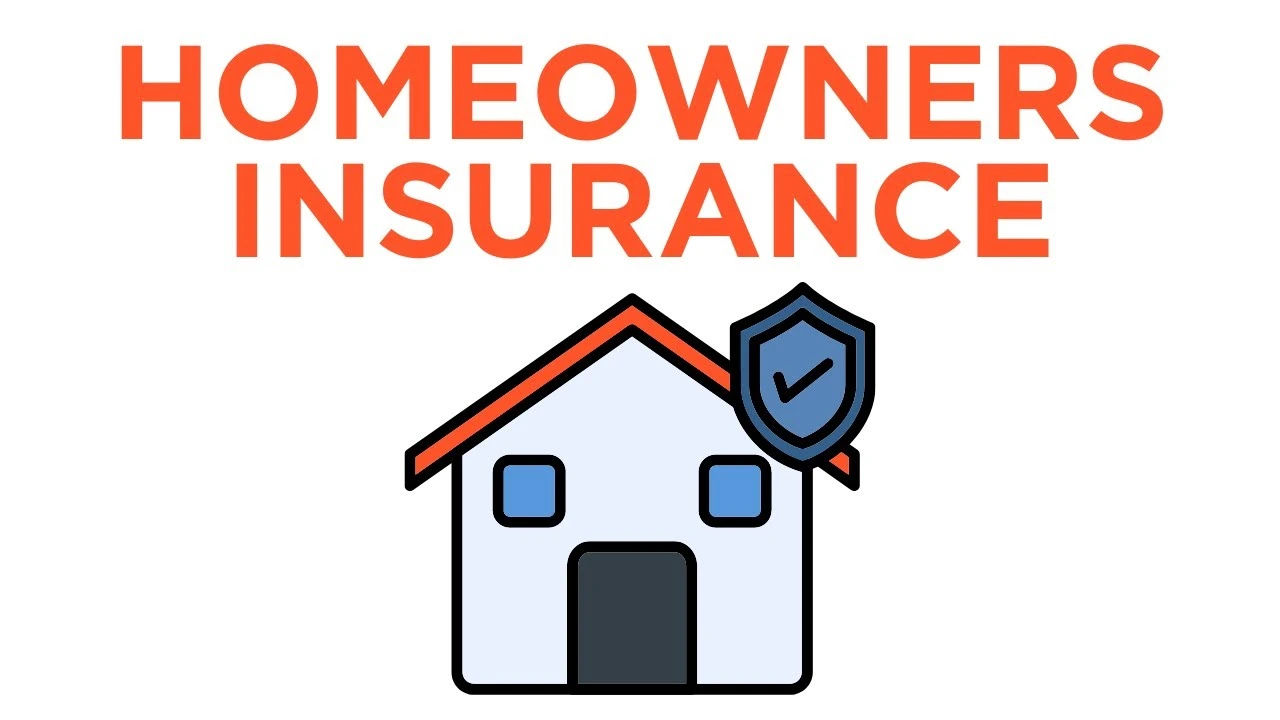Owning a home is one of the biggest financial investments most people will ever make. To protect that investment, homeowners insurance is essential. It provides financial protection in the event of damage to your property or personal belongings and covers liability for accidents that happen on your property. But what exactly does homeowners insurance cover, and how do you know if you’re getting the right policy? Let’s break it down.
What Is Homeowners Insurance?
Homeowners insurance is a type of property insurance that covers your home, its contents, and liability for accidents that might occur in or around your home. Most mortgage lenders require it as a condition of the loan to ensure that the property they’re financing is protected. Even if you own your home outright, it’s wise to maintain coverage to protect yourself from unexpected disasters and financial loss.
What Does Homeowners Insurance Cover?
- Dwelling Coverage: This part of your policy protects the physical structure of your home — the walls, roof, foundation, and any attached structures like a garage or deck. If your home is damaged by covered perils such as fire, windstorms, or vandalism, this coverage helps pay for repairs or rebuilding.
- Personal Property Coverage: Your belongings, such as furniture, clothing, electronics, and appliances, are covered under this section. If your possessions are stolen or damaged by a covered event, your policy will help cover the cost of replacement or repair.
- Liability Protection: Accidents happen, and if someone is injured on your property or if you accidentally damage someone else’s property, liability coverage helps cover medical bills, legal fees, and repair costs.
- Additional Living Expenses (ALE): If your home becomes uninhabitable due to a covered event, ALE helps pay for temporary living costs such as hotel stays, meals, and other living expenses until your home is repaired.
- Other Structures: This includes detached structures like sheds, fences, or guesthouses on your property. If these are damaged by a covered peril, this portion of your policy helps with repair or replacement costs.
What Homeowners Insurance Doesn’t Cover
While homeowners insurance covers a broad range of risks, there are some exclusions to be aware of. Typically, standard policies do not cover:
- Floods: If you live in a flood-prone area, you’ll need a separate flood insurance policy.
- Earthquakes: Earthquake coverage is also excluded from standard policies but can be added as an endorsement or separate policy.
- Normal Wear and Tear: Damage caused by lack of maintenance or aging isn’t covered.
How Much Homeowners Insurance Do You Need?
The amount of coverage you need depends on the value of your home and personal property. It’s recommended to have enough dwelling coverage to rebuild your home in the event of a total loss. Personal property coverage should reflect the value of your belongings, and liability coverage should be high enough to protect your assets in case of a lawsuit.
Additionally, review your policy regularly and update it as necessary, especially after major life events like home renovations or acquiring expensive personal items.
How to Choose the Right Policy
Shopping for homeowners insurance can be overwhelming, but focusing on a few key factors can make the process easier:
- Compare Quotes: Get multiple quotes from different insurance providers to find the best coverage at the right price.
- Understand the Policy Limits: Make sure you fully understand what’s covered, what’s not, and how much coverage you have for specific items.
- Check for Discounts: Many insurers offer discounts for bundling home and auto policies, installing security systems, or having a claims-free history.
Final Thoughts
Homeowners insurance is an essential safeguard against unexpected events that could damage your property or put you at financial risk. By choosing the right policy, you can protect your home, your belongings, and your financial future. Always read your policy carefully, ask questions, and regularly update your coverage to ensure it meets your needs as they evolve over time.




